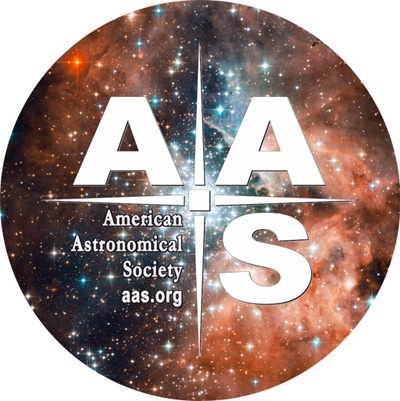30 December 2019
Susanna Kohler

Artist’s impression of the first stars in the universe. A new study supports the idea that some of these large stars may have collapsed into GEODEs — dark-energy-filled black holes. [NASA/WMAP Science Team]

Implications of Symmetry and Pressure in Friedmann Cosmology. I. Formalism
Published August 2019
Main takeaway:
Two scientists at University of Hawai’i at Mānoa, Kevin Croker and Joel Weiner, have reexplored Friedmann’s equations — the set of equations that describe the expansion of the universe — under a different set of fundamental assumptions. Using their revised formalism, they show that the universe’s growth rate can be influenced by the relatively small pressure contributions of compact objects left behind after a star’s death.

According to the authors’ calculations, contributions from compact, relativistic objects like neutron stars, illustrated above, could affect the growth rate of the universe. [NASA/Goddard Space Flight Center/Dana Berry]
Why it’s interesting:
In previous studies, it’s been assumed that the universe’s matter is all alike and evenly distributed — an assumption that allows us to ignore the details of small structures like stars and galaxies when calculating the evolution of the universe as a whole. But Croker and Weiner’s calculations shows that the averaged contributions of massive, compact objects could affect the universe’s expansion rate after all — and in exchange, the universe’s evolution may affect the energy gain or loss of these compact objects over time. This work provides a new link between the small-scale structures and large-scale evolution of the universe.
What this work says about dark-matter-filled black holes:
Croker and Weiner’s model has an interesting side note: it has revived interest in an alternative picture of how we conceive of black holes. In the 1960s, Russian physicist Erast Gliner proposed that large stars would collapse into GEODEs — Generic Objects of Dark Energy — at the ends of their lifetimes. These objects would look like black holes from the outside, but on the inside, they would contain a bubble of dark energy instead of a singularity. Croker and Weiner have revived Gliner’s theory by demonstrating that if just a fraction of the oldest stars in our universe collapsed into GEODEs instead of black holes, the averaged contribution of these objects today would naturally produce the required uniform dark energy to produce the expansion of the universe we observe. In addition, collisions of GEODEs could naturally explain LIGO’s gravitational-wave observations.
Citation
K. S. Croker and J. L. Weiner 2019 ApJ 882 19.
https://iopscience.iop.org/article/10.3847/1538-4357/ab32da
See the full article here .

five-ways-keep-your-child-safe-school-shootings
Please help promote STEM in your local schools.

AAS Mission and Vision Statement
The mission of the American Astronomical Society is to enhance and share humanity’s scientific understanding of the Universe.
The Society, through its publications, disseminates and archives the results of astronomical research. The Society also communicates and explains our understanding of the universe to the public.
The Society facilitates and strengthens the interactions among members through professional meetings and other means. The Society supports member divisions representing specialized research and astronomical interests.
The Society represents the goals of its community of members to the nation and the world. The Society also works with other scientific and educational societies to promote the advancement of science.
The Society, through its members, trains, mentors and supports the next generation of astronomers. The Society supports and promotes increased participation of historically underrepresented groups in astronomy.
The Society assists its members to develop their skills in the fields of education and public outreach at all levels. The Society promotes broad interest in astronomy, which enhances science literacy and leads many to careers in science and engineering.
Adopted June 7, 2009
